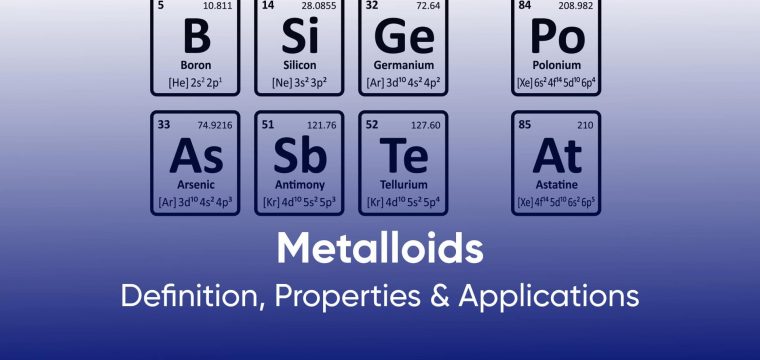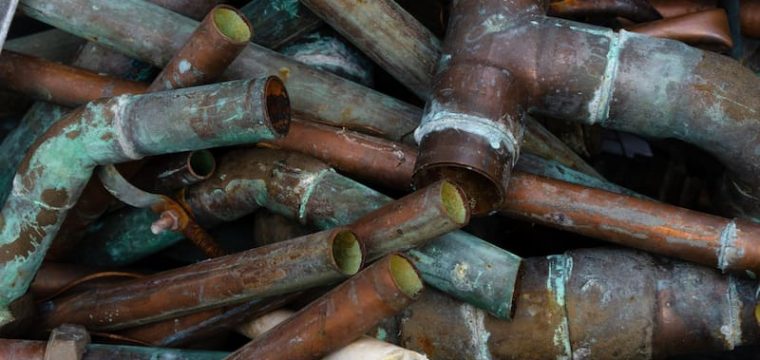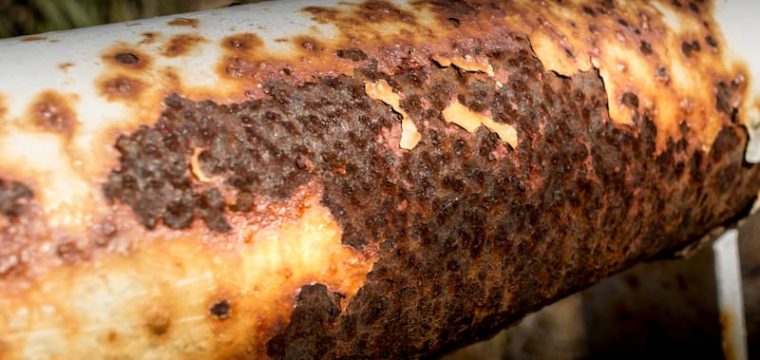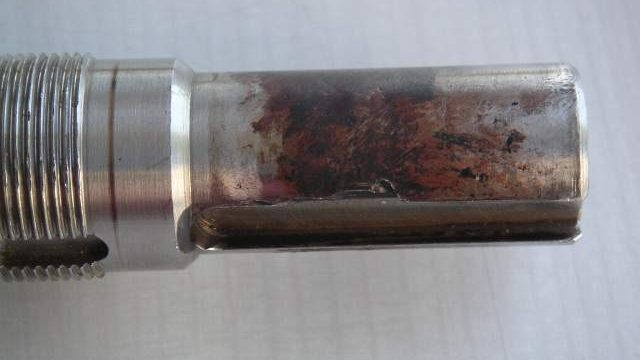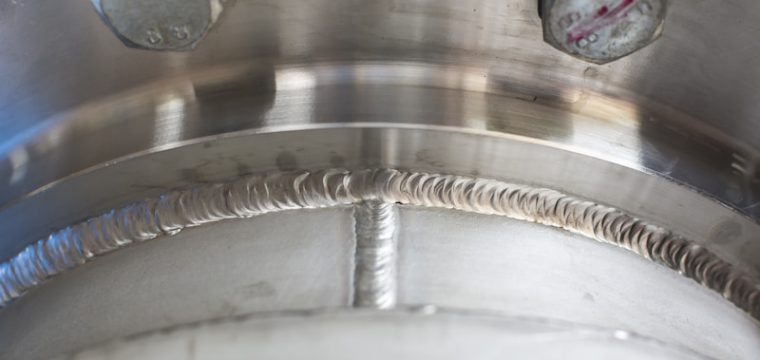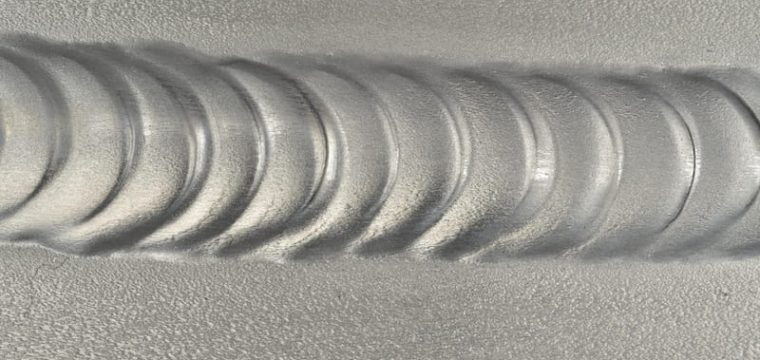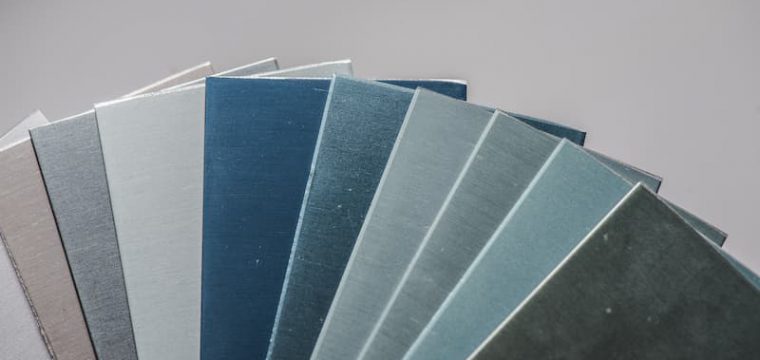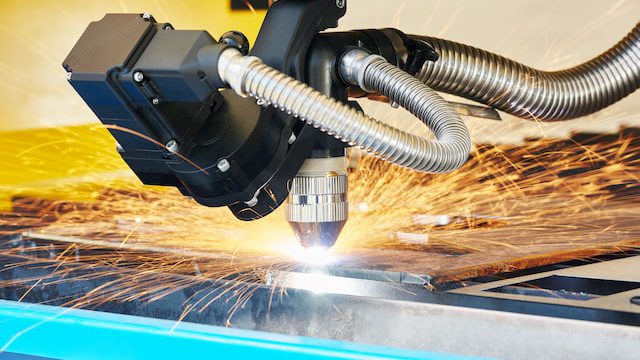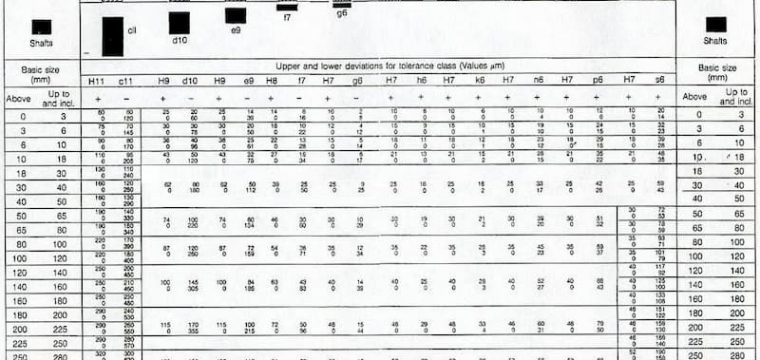Engineering Blog
Categories
- Tolerances
- CAD-CAM
- Machine Components
- Product Updates
- Project Management
- Learn from Engineers
- Fabrication Methods
- Engineering Materials
- Product design
- Company News
- Welding
- Procurement
- Casting
- Supply Chain
Posts
-

Common Plastics for Injection Moulding
23.07.2025There are over 90,000 types of plastic injection moulding feed materials, presenting a vast array of options that can make it challenging to identify the ideal one for a specific […]
-

Metalloids – Definition, Properties & Applications
21.04.2025Metalloids are unique natural elements that possess characteristics of both metals and nonmetals. Their distinctive properties make metalloids irreplaceable in various scenarios. This article explores this group of elements, discussing […]
-

Copper Corrosion Explained
12.03.2024Copper is a widely used metal that possesses a unique combination of properties, such as being malleable, ductile, and conductive. Like any other metal, it undergoes a decomposition or oxidation […]
-

What Is Corrosion & the 10 Most Common Types
25.01.2024Corrosion is a destructive phenomenon wherein the surface of the metal deteriorates from chemical or electrochemical reactions. Its pervasive nature impacts virtually all industries – infrastructure, electronics and the automotive […]
-

Fretting Explained – Definition, How It Works & Prevention
29.11.2023Fretting is a phenomenon that causes damage when metal surfaces come into contact through repeated rubbing or cyclic sliding motion. The friction-induced damage from fretting results in material transfer and […]
-

Galling – What Is It, How It Works & Prevention
31.10.2023Galling is a phenomenon wherein unexpected adhesion occurs between two metal surfaces in sliding contact, resulting in frictional damage or ultimately seizing. This type of adhesive material wear poses serious […]
-

Stainless Steel Welding – Challenges, Methods & Best Practices
16.06.2023Stainless steel is a widely used metal used by most sectors due to its proven durability, corrosion resistance and aesthetic appeal. It shares similar properties to carbon steel but with […]
-

Aluminium Welding – Challenges, Methods & Best Practices
30.05.2023Welding aluminium is quite common in the manufacturing and aerospace industries thanks to its unique mechanical properties. Aluminium is lightweight, durable and quite resistant to corrosion, making it an attractive […]
-

Non-Destructive Testing (NDT) – Process, Types & Applications Explained
07.09.2022Testing serves an important function in virtually all manufacturing processes. It ensures that the final product’s quality matches the design specifications and is fit for the service environments it will […]
-

Aluminium Anodising
02.03.2021Aluminium is the second most widely used metal in the world. Engineers prefer aluminium for its light weight, corrosion resistance and reasonable price. However, untreated aluminium has low wear resistance. […]
-

All About Sheet Metal – Materials, Standard Sizes & Forming Processes
27.01.2021Sheet metal is the basis of all engineering today. We can see it everywhere – from cars and machinery to house facades and furniture. To utilise sheet metal to its […]
-

Limits & Fits
14.08.2020In engineering, a fit refers to the clearance between two mating parts. The choice of an engineering fit determines whether the two parts can move relative to each other in […]



